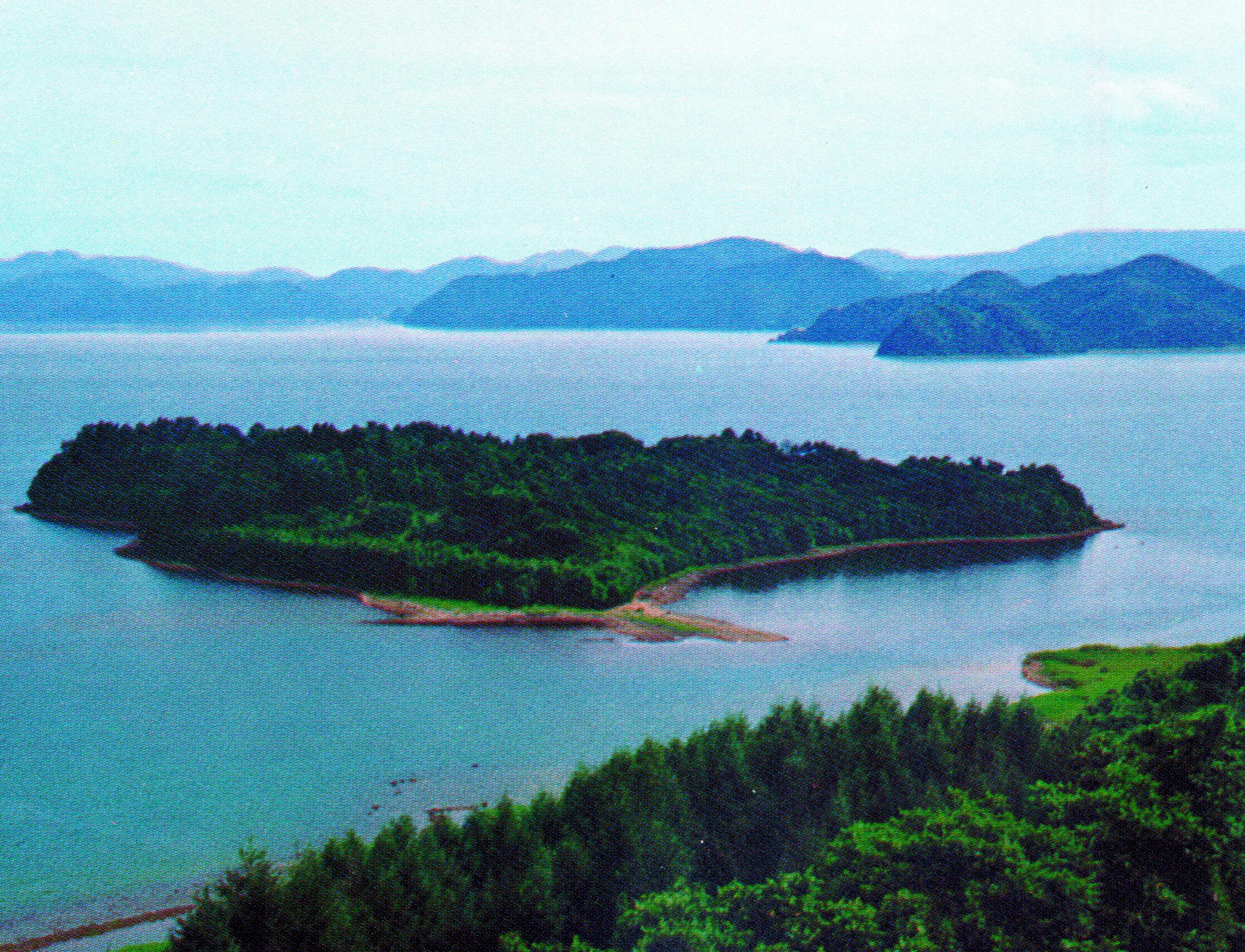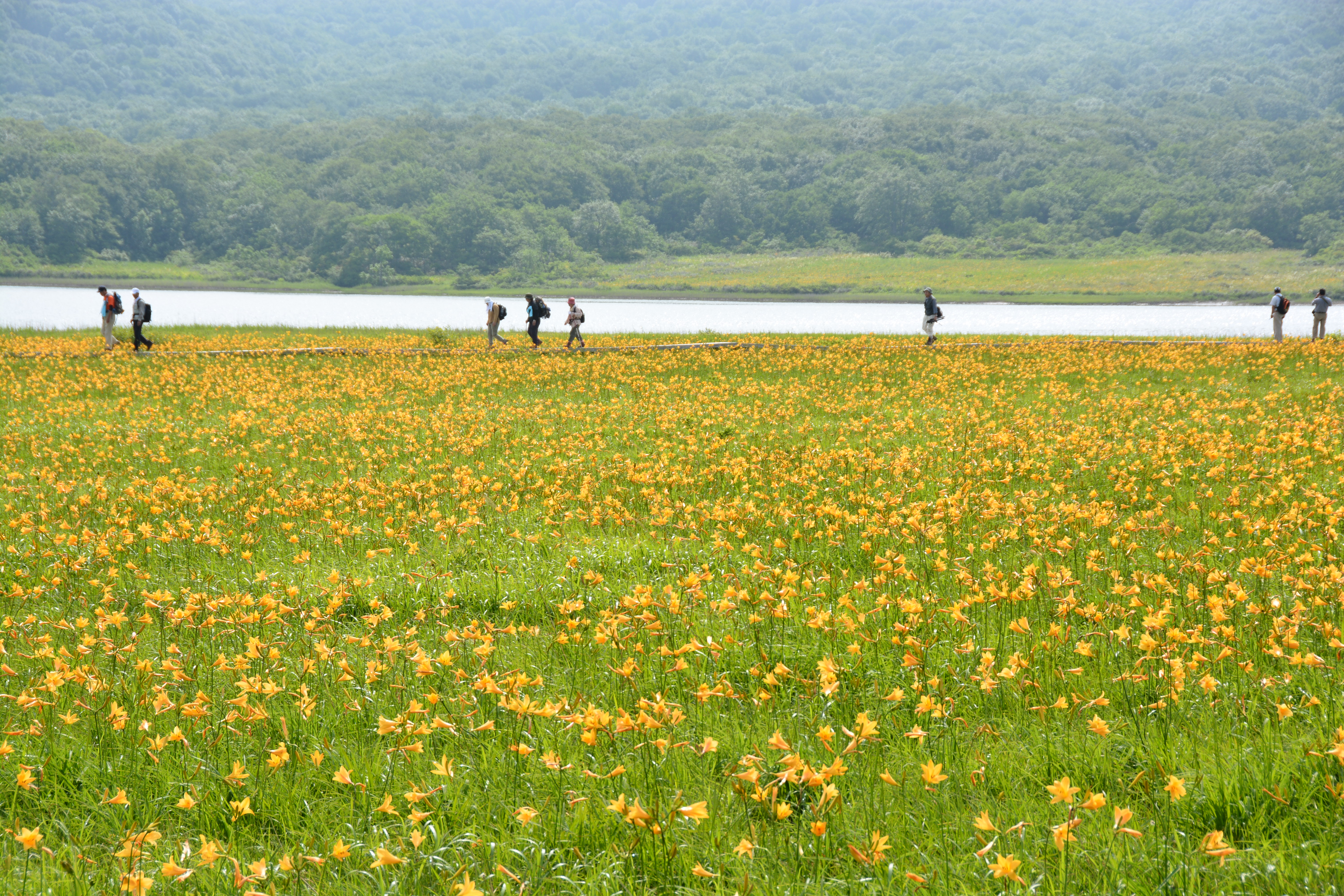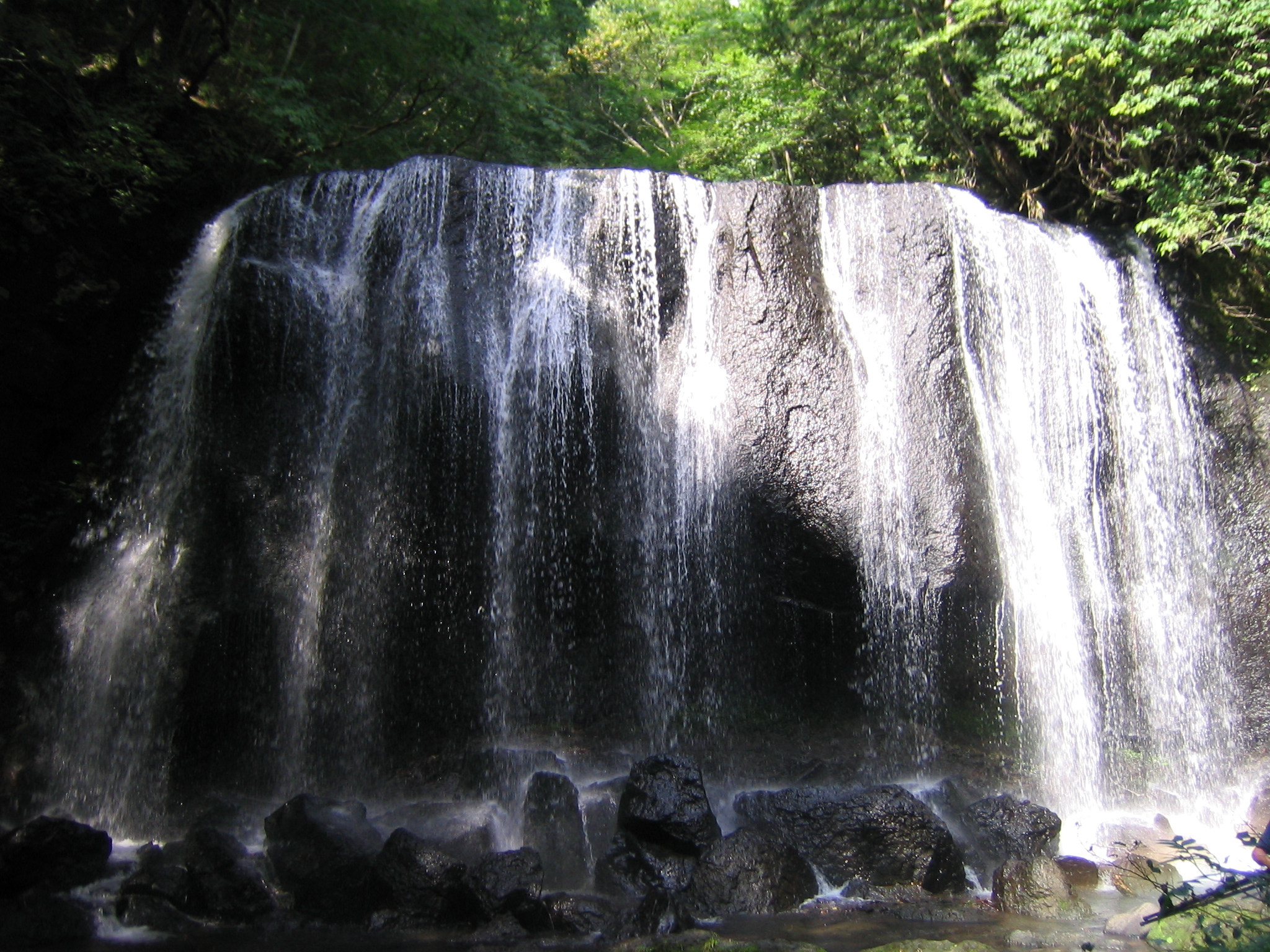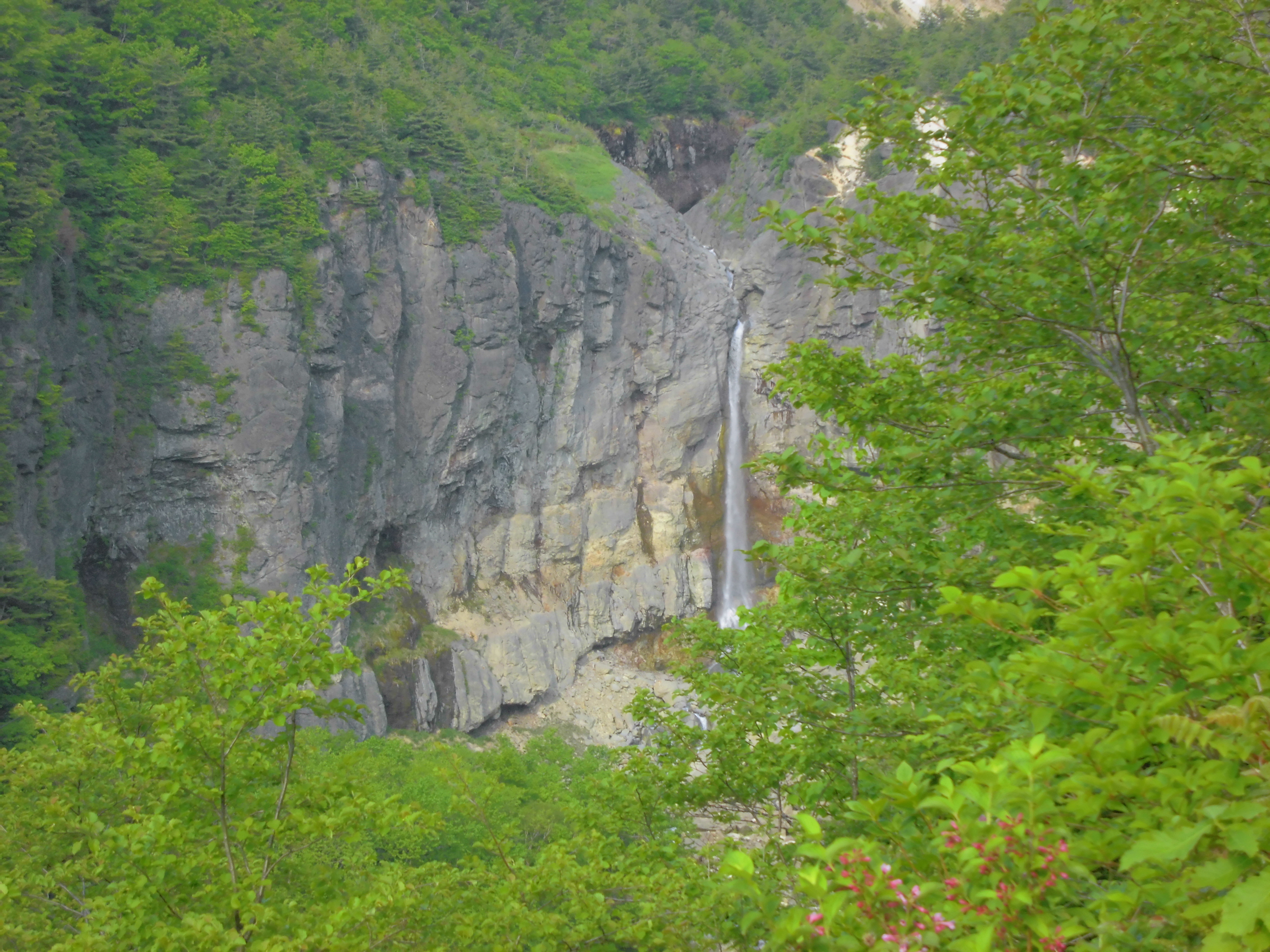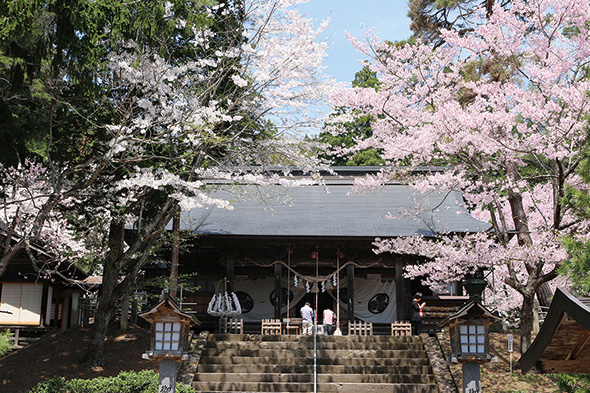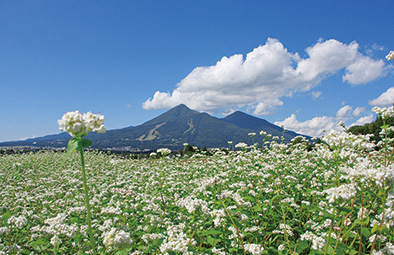Lake Inawashiro is a freshwater lake, the third in size in Japan and with a water transparency of 12-15 degrees. The lake is a migration ground for swans and home to the “Mizusugi-koge” moss clusters that have been designated a National Natural Monument.
There is only one island in the lake, Okina-jima Island. Its view from National Route 49 as well as from the adjacent railway lines is considered among the most scenic spots in the lake area.












